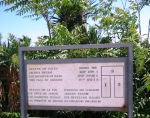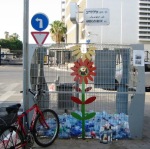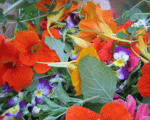Live each season as it passes; breathe the air, drink the drink, taste the fruit – Henry David Thoreau.
Thoreau’s creed would serve us well in this age of industrial agriculture. If he lived in modern times, he’d likely be a locavore.
Not so long ago, we ate what we could grow and what we could preserve & store for colder months. Now we can buy just about anything any time of year. But what are we buying?
Food that is grown far away, picked before ripening and bred to transport well. All these factors not only affect the taste, but also the nutritional value. Fruits and vegetables eaten in season have been found to have a higher phytochemical content and contain more nutrients.
Listen to an interview with the author of Tomatoland: How Modern Industrial Agriculture Destroyed Our Most Alluring Fruit on Fresh Air, read a NY Times article here, buy the book here.
And although I’ve said it before, ain’t nothing in the world like home grown tomatoes. Brandywine, Juliet and my personal favorite Black Krim.










